
Kartell by Paula Cademartori
7 December 2016
4 August 2016
Alejandro Aravena has curated an exhibition that seeks to expand the range of topics to which architecture should address; he has added political, economical, environmental and social to the already existing artistic and cultural dimensions, integrating various areas of interest. The 15th exhibition is intended to communicate and share a synthesis of these various dimensions with the public.
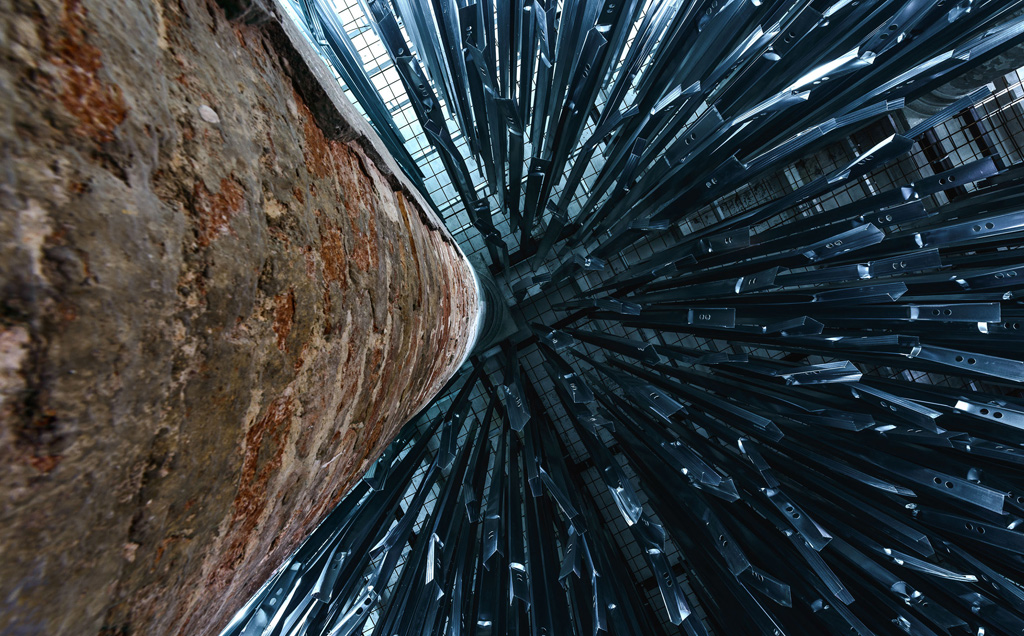
“We tried to integrate the pragmatic with the existential, pertinence with boldness, creativity and common sense. These are the frontlines from which we would like architects to report from, sharing success stories and exemplary cases where architecture did, is and will make a difference”, says Aravena. The topics affronted are segregation, inequalities, peripheries, natural disasters, housing shortage, migration, informality, crime, traffic, waste, pollution and problems that put both man and his individual freedoms at risk.
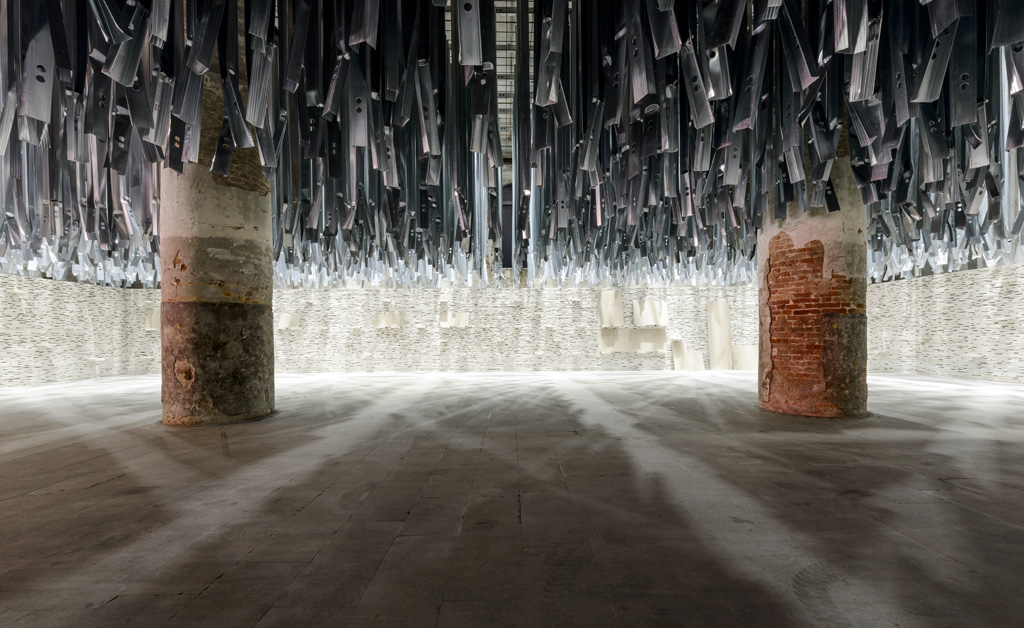

He adds, “We sought professionals who desired to adventure into complex fields, who were aware of the mediocrity, banality, and monotony of the places where we live, that threaten our quality of life. We invited them to create a sort of natural resistance against these threats”. As a guest at the July 18th Design Film Festival at Milan’s La Triennale, Aravena decided to answer the public’s questions instead of giving a speech. His general message was centered around the need for cultural and political involvement from the architectural point of view, to guarantee a higher quality of life.


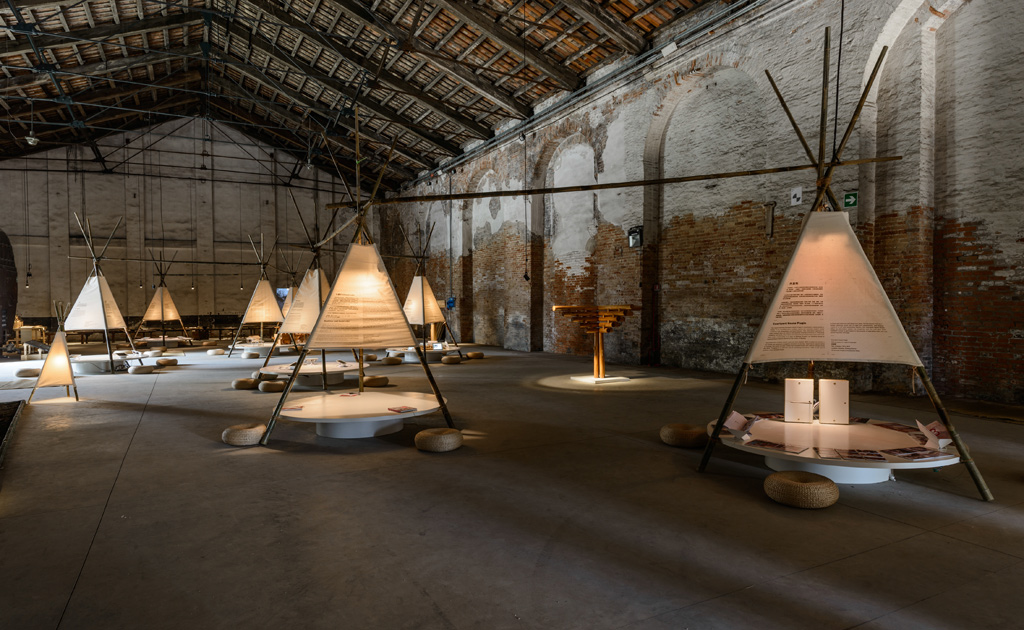


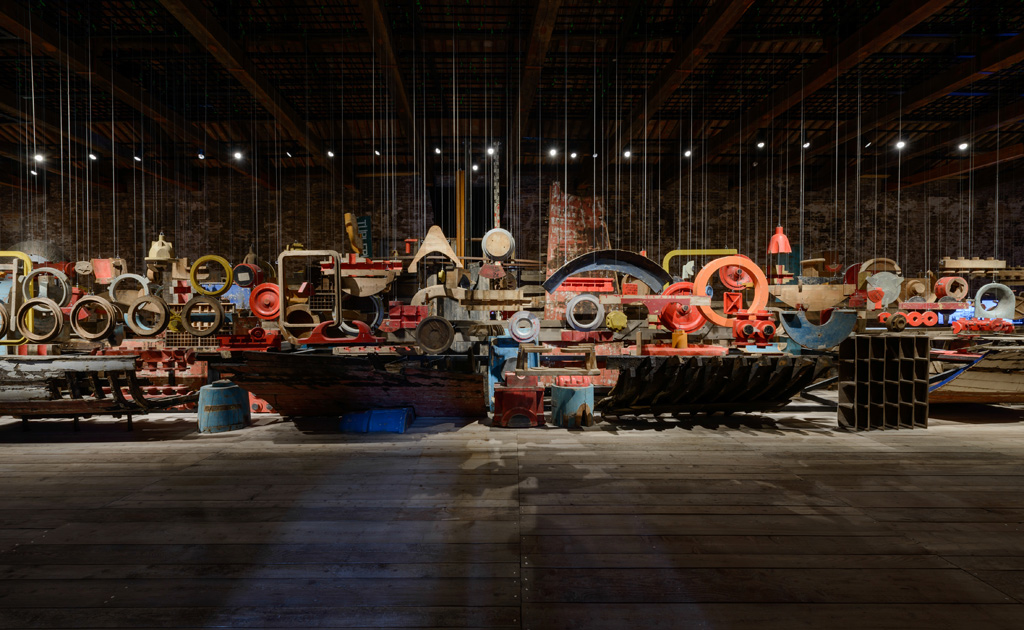
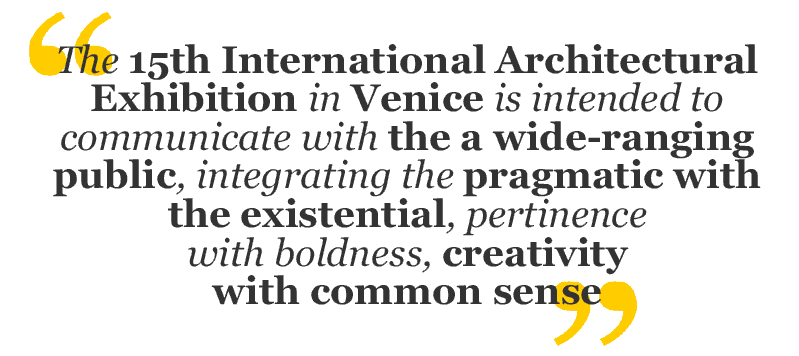
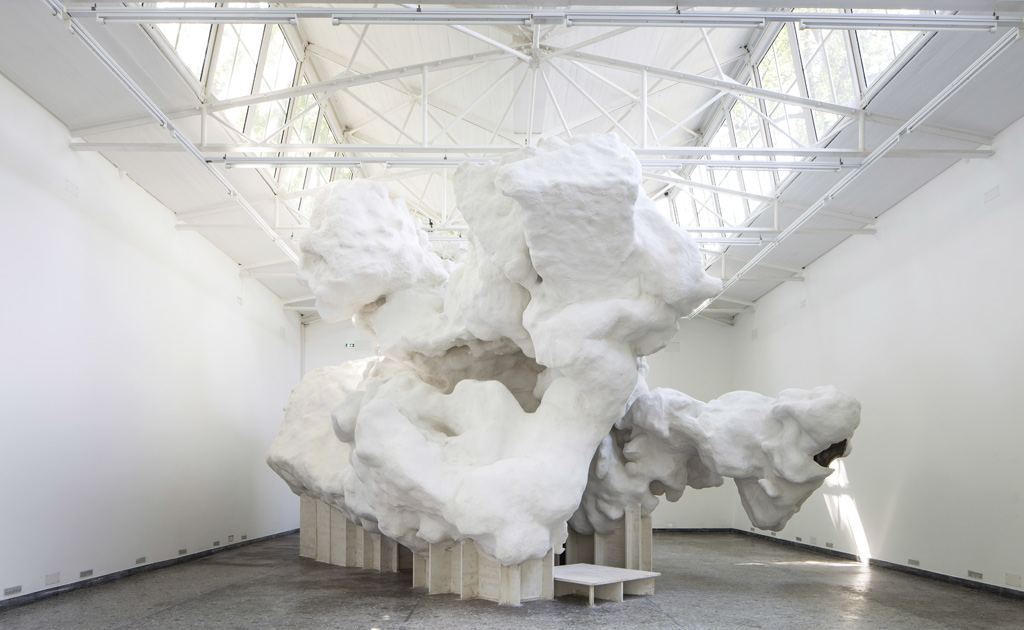
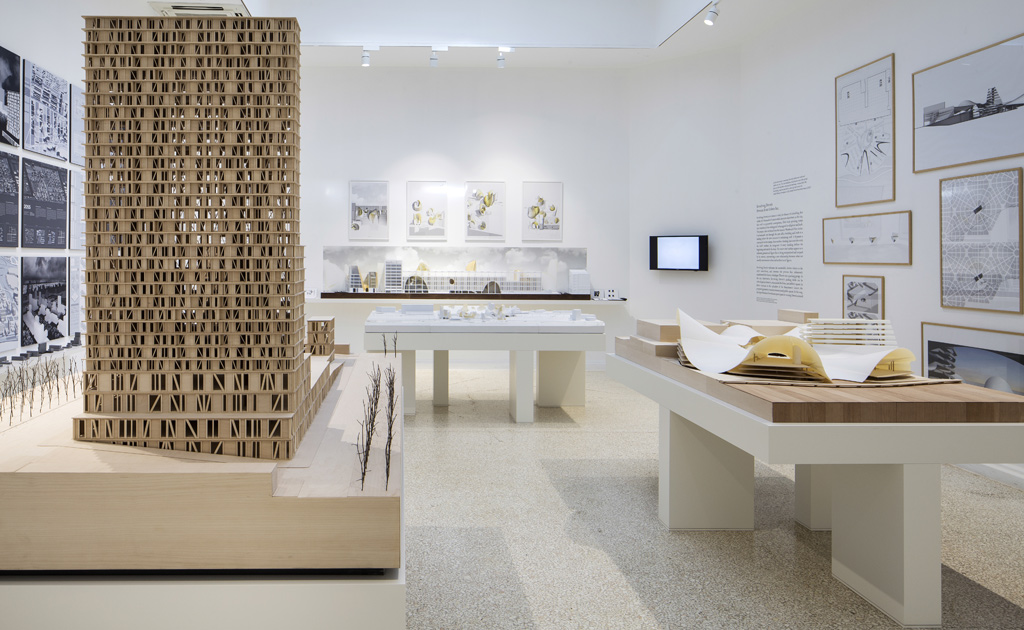

WHERE: Venezia
Alejandro Aravena has curated an exhibition that seeks to expand the range of topics to which architecture should address; he has added political, economical, environmental and social to the already existing artistic and cultural dimensions, integrating various areas of interest. The 15th exhibition is intended to communicate and share a synthesis of these various dimensions with the public. “We tried to integrate the pragmatic with the existential, pertinence with boldness, creativity and common sense. These are the frontlines from which we would like architects to report from, sharing success stories and exemplary cases where architecture did, is and will make a difference”, says Aravena. The topics affronted are segregation, inequalities, peripheries, natural disasters, housing shortage, migration, informality, crime, traffic, waste, pollution and problems that put both man and his individual freedoms at risk. He adds, “We sought professionals who desired to adventure into complex fields, who were aware of the mediocrity, banality, and monotony of the places where we live, that threaten our quality of life. We invited them to create a sort of natural resistance against these threats”. As a guest at the July 18th Design Film Festival at Milan’s La Triennale, Aravena decided to answer the public’s questions instead of giving a speech. His general message was centered around the need for cultural and political involvement from the architectural point of view, to guarantee a higher quality of life.



The Moodboarders is a glance into the design world, which, in all of its facets, captures the extraordinary even within the routine. It is a measure of the times. It is an antenna sensitive enough to pick-up on budding trends, emerging talents and neglected aesthetics. Instead of essays, we use brief tales to tune into the rhythm of our world. We travelled for a year without stopping, and seeing as the memory of this journey has not faded, we have chosen to edit a printed copy. We eliminated anything episodic, ephemeral or fading, maintaining a variety of articles that flow, without losing the element of surprise, the events caught taking place, and the creations having just bloomed.